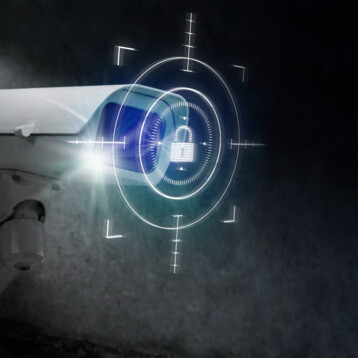Law enforcement has come a long way from the days of foot patrols and handwritten reports. In today’s rapidly evolving technological landscape, innovations in law enforcement have become crucial for crime prevention and investigation. These advancements not only enhance the effectiveness of police forces but also help protect and serve communities better than ever before. Here’s a look at some of the cutting-edge tools like police drones and techniques that are reshaping modern law enforcement.
Body-Worn Cameras – Eyes on the Ground
One of the most significant innovations in recent years is the adoption of body-worn cameras by law enforcement officers. These compact devices, typically attached to an officer’s uniform, provide a firsthand perspective of incidents and interactions with the public. The benefits are manifold: increased transparency, accountability, and improved evidence collection. The footage captured can be invaluable for investigations, court proceedings, and training purposes.
Body-worn cameras not only protect the rights of citizens but also help protect officers from false accusations, ensuring a fair and just process for all parties involved.
Predictive Policing – A Glimpse into the Future
Predictive policing leverages data analysis and machine learning algorithms to forecast where and when crimes are likely to occur. By analyzing historical crime data, law enforcement agencies can allocate their resources more effectively, preventing crimes before they happen. This innovative approach helps prioritize areas with higher crime rates, leading to quicker response times and safer communities.
Moreover, predictive policing is not limited to crime prevention. It can also aid investigators in identifying patterns and potential suspects, greatly accelerating the resolution of cases.
Drone Technology – Eyes in the Sky
Drones have become indispensable tools for law enforcement agencies. Equipped with high-resolution cameras and thermal imaging, these aerial devices provide a unique perspective on crime scenes, accidents, and search and rescue operations. Drones can access hard-to-reach areas, survey large areas quickly, and gather vital information without risking the safety of officers.
In addition to their surveillance capabilities, police drones are increasingly used for crowd control, traffic management, and disaster response. Their versatility makes them an invaluable asset for law enforcement agencies.
Artificial Intelligence and Facial Recognition
Artificial intelligence (AI) has revolutionized the field of law enforcement. Facial recognition technology, powered by AI, allows for the rapid identification of individuals from a database of known offenders. This technology aids in tracking down suspects, locating missing persons, and enhancing security at public events.
However, the use of facial recognition technology also raises concerns about privacy and civil liberties. Striking a balance between security and individual rights remains a critical challenge for law enforcement agencies.
Also Read: How Law Enforcement Uses Photogrammetry to Solve Crimes
Cybercrime Units – Protecting the Digital Frontier
In an increasingly digital world, law enforcement must adapt to combat cybercrime effectively. Specialized units dedicated to cybercrime investigations are becoming more common. These units are equipped with cutting-edge tools and techniques to trace cybercriminals, investigate data breaches, and protect critical infrastructure.
The battle against cybercrime is an ongoing one, with criminals continually evolving their tactics. Law enforcement’s ability to stay ahead of these criminals is crucial for safeguarding people’s digital lives.
DNA Analysis and Forensic Science
Advancements in DNA analysis and forensic science have transformed the way law enforcement agencies solve crimes. DNA evidence can link suspects to crime scenes with unprecedented accuracy, leading to more convictions of guilty parties and the exoneration of the innocent.
Furthermore, forensic science has expanded beyond DNA analysis to include trace evidence, ballistics, and digital forensics. These advancements provide a comprehensive toolkit for investigators to piece together the most complex cases.
Community Policing and Social Media
Modern law enforcement agencies are also harnessing the power of social media to engage with communities and gather information. Platforms like Twitter, Facebook, and Instagram are used to disseminate important updates, connect with residents, and receive tips from the public. This open channel of communication fosters trust between law enforcement and the communities they serve.
Community policing emphasizes building positive relationships between officers and the public, making communities safer and more cohesive.
Conclusion
Innovations in law enforcement are reshaping the way police forces operate, enabling them to better protect and serve communities. From body-worn cameras to predictive policing, drones, AI, and DNA analysis, these tools and techniques have become indispensable in the fight against crime.
However, with great power comes great responsibility. Striking a balance between harnessing these innovations for public safety and respecting individual rights and privacy is an ongoing challenge. As technology continues to evolve, law enforcement agencies must adapt and ensure that they use these tools judiciously and ethically.
The future of law enforcement is undoubtedly high-tech, and moving forward, it’s essential that these innovations serve as instruments of justice and security, making communities safer and more resilient in the face of ever-evolving challenges.










